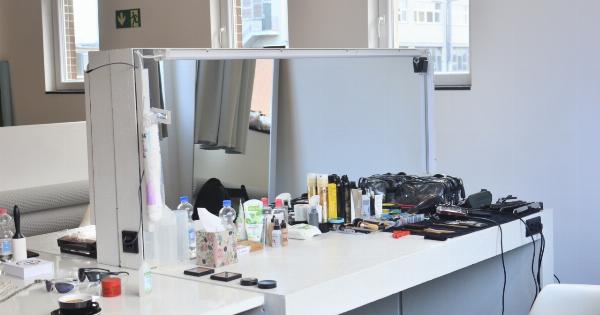Getting a bikini wax has become a routine for many women, as it offers a long-lasting and smooth result. However, what you may not realize is that your hormones play a significant role in the overall experience and outcome of the waxing process.
Hormonal changes can affect the sensitivity of your skin, the growth rate of hair, and even the pain tolerance level during the procedure. In this article, we will delve deeper into how hormones can impact your bikini waxing experience.
The Role of Estrogen
Estrogen is a vital female hormone that affects various aspects of your body, including hair growth. When estrogen levels are high, hair tends to grow slower and finer. As a result, bikini waxing becomes more effective and lasts longer.
On the other hand, when estrogen levels are low, hair growth accelerates, making it necessary to schedule waxing appointments more frequently.
Furthermore, estrogen also affects the thickness and elasticity of your skin. Higher levels of estrogen promote healthy and supple skin, making the waxing process less painful.
Conversely, low estrogen levels can lead to thinner and more sensitive skin, amplifying the discomfort associated with bikini waxing.
The Influence of Progesterone
Progesterone is another essential hormone that interacts with estrogen to regulate your menstrual cycle and impact hair growth. During the luteal phase of your cycle, progesterone levels rise, causing hair to enter a ‘resting’ phase.
At this stage, you may notice that hair grows slower, and the need for waxing decreases.
However, when progesterone levels drop, often just before menstruation, the hair growth rate increases again. This can result in decreased effectiveness of bikini waxing and a shorter time span between waxes.
Menopause and Hormonal Changes
As women approach menopause, hormone levels fluctuate dramatically, resulting in various changes throughout the body.
During this time, decreased estrogen levels lead to thinner skin, which can make waxing more uncomfortable and potentially more painful. Additionally, the reduced production of estrogen affects hair growth, potentially leading to coarser and more stubborn hair that is difficult to remove.
Furthermore, hormonal changes during menopause can also increase the risk of skin irritation and inflammation after waxing.
It is crucial to communicate any menopausal symptoms or concerns with your esthetician to ensure a comfortable and safe experience.
The Impact of Pregnancy
Pregnancy is a period of significant hormonal changes, which can affect hair growth and sensitivity.
Many women experience increased hair thickness and faster growth during pregnancy due to elevated hormone levels, especially in the first and second trimesters. As a result, you may require more frequent bikini waxes to maintain smooth skin.
Moreover, the increased blood flow and sensitivity in the vaginal area during pregnancy can make bikini waxing more uncomfortable.
It is essential to discuss your pregnancy and any specific concerns with your esthetician to ensure a customized and safe experience.
Hormonal Disorders and Medications
Hormonal disorders such as polycystic ovary syndrome (PCOS) and thyroid imbalances can significantly impact hair growth patterns and skin sensitivity.
PCOS, characterized by elevated androgen levels, can cause excessive hair growth in areas such as the bikini line. In such cases, regular waxing may be necessary to manage the excess hair growth.
Furthermore, certain medications, such as hormonal contraceptives and hormone replacement therapy, can also influence hair growth and sensitivity.
If you are taking any medications that affect your hormone levels, it is crucial to inform your esthetician to ensure the most effective and comfortable waxing experience.
Tips for a Smooth Waxing Experience
Regardless of your hormonal profile, there are several tips to enhance your bikini waxing experience:.
- Choose a reputable and experienced esthetician who specializes in waxing.
- Discuss your hormonal situation and any concerns with your esthetician prior to the appointment.
- Ensure proper hygiene and cleanliness to minimize the risk of infections.
- Exfoliate the waxing area a day or two before your appointment to remove dead skin cells and allow for smoother hair removal.
- Avoid scheduling your waxing session during or right before your period, as skin sensitivity tends to be higher during this time.
- Avoid sun exposure and tanning beds before waxing, as sunburned or tanned skin can be more sensitive and prone to irritation.
- Avoid applying any creams, lotions, or oils to the waxing area on the day of your appointment, as they can interfere with the wax adhesion.
- Take an over-the-counter pain reliever, such as Ibuprofen, 30 minutes before your appointment to help alleviate discomfort.
- After waxing, follow the aftercare instructions provided by your esthetician to soothe the skin and prevent ingrown hairs.
- Maintain a regular waxing schedule to ensure optimal results and minimize discomfort.
Remember, everyone’s hormonal profile is unique, and it is essential to communicate openly with your esthetician to customize your bikini waxing experience according to your needs and concerns.


























